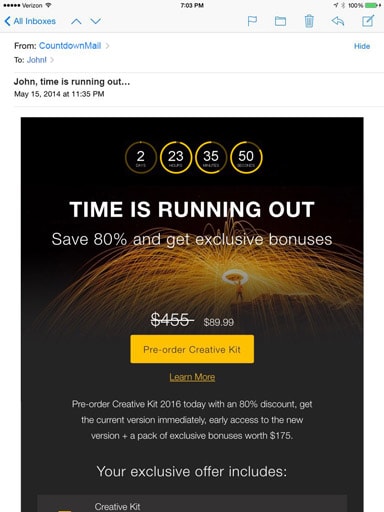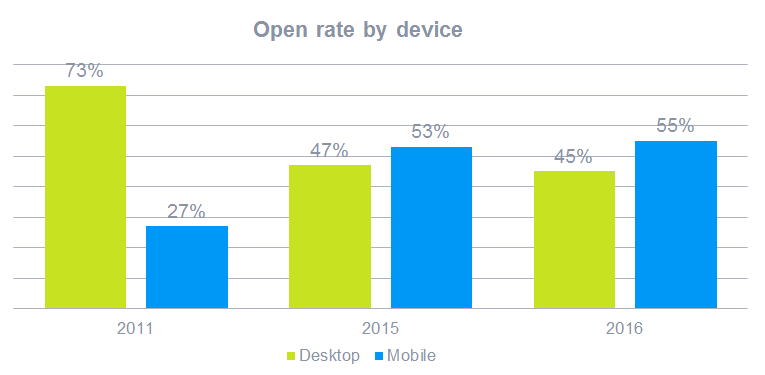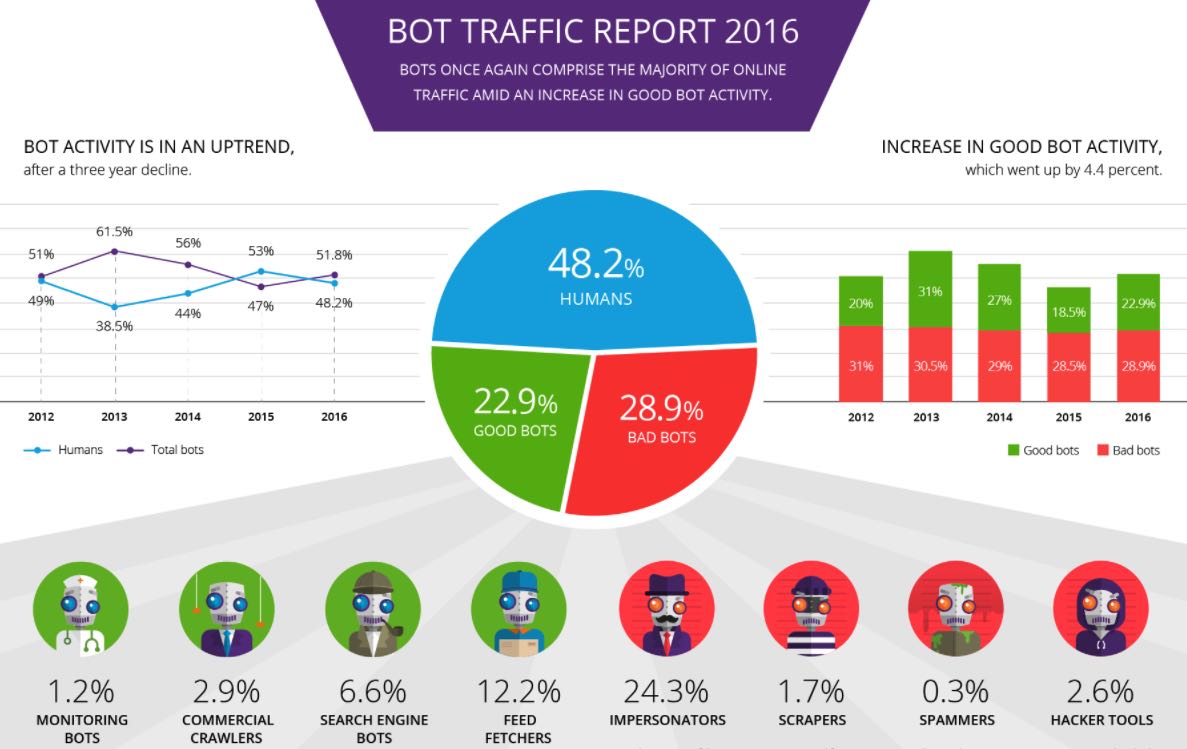In a major initiative that has been in the works for two years, Salesforce is integrating artificial intelligence into all of its CRM cloud platforms. It enables any business to use clicks or code to build AI-powered apps that get smarter with every interaction. Their AI system learns from all of the data you enter about your customers and prospects (CRM data, email, calendar, social, ERP, and IoT), and makes predictions and recommendations on actions you should consider. It can even automate tasks it certain situations.
Salesforce Einstein is designed to help their customers take advantage of the huge amounts of data produced by making sense of it and seeing trends before humans typically do. What Salesforce has done is to make the use of artificial intelligence possible for all businesses, without have to employ their own data science teams.
“Powered by advanced machine learning, deep learning, predictive analytics, natural language processing and smart data discovery, Einstein’s models will be automatically customized for every single customer, and it will learn, self-tune, and get smarter with every interaction and additional piece of data,” writes Jim Sinai who is VP of Marketing at SalesforceIQ in their company blog announcement. “Most importantly, Einstein’s intelligence will be embedded within the context of business, automatically discovering relevant insights, predicting future behavior, proactively recommending best next actions and even automating tasks.”
Salesforce Einstein is designed to be a simple and intuitive approach to deliver AI to companies using their cloud CRM products. They say that by “removing the complexity of AI” they are “enabling any company to deliver smarter, personalized and more predictive customer experiences.”
“We couldn’t be more excited to finally unveil Salesforce Einstein after two years of hard work and targeted acquisitions,” added Sinai. “As we continue to build out AI for CRM, we are committed to understanding the next generation of AI technology and how it can best be applied to Salesforce. This effort will be led by Salesforce Research, a new research group focused on the future of AI, under the leadership of Dr. Richard Socher, our Chief Scientist.”
Bringing Artificial Intelligence to Sales
Adam Blitzer, the EVP & GM of Sales Cloud at Salesforce sees significant value in companies using AI within the sales process. “At Salesforce, we are focused on helping companies evolve from the first level, where the CRM is a one-dimensional system of record, to the second level, where the CRM is a system of engagement. And finally, we are helping companies make the leap to the highest level, where the CRM works for them as a predictive system of intelligence.”
“AI arms teams with more intelligence, enabling them increase productivity and predictive capabilities across everything they do,” adds Blitzer. “Importantly, it gives sales teams better insights that build human relationships, an area where sales reps far excel beyond machine capabilities.”

“This (Sales Cloud Einstein) makes people, teams and entire companies, better able to discover insights from data, recommend actions that help close deals, automate processes that give reps more time to build 1:1 relationships, and predict outcomes or hiccups that enable reps to be proactive and remain a step ahead of each customer’s needs and competitor’s potential attack,” stated Blitzer. “I’m excited for our customers to start experimenting with the features we’re announcing today—Predictive Lead Scoring, Opportunity Insights and Automated Activity Capture, you can learn more here. And, I’m even more excited about the business growth these AI solutions are going to drive.”
Bringing Artificial Intelligence to the Service Industry
“Until now, most customer service leaders have been unable to put intelligence in action,” stated Mike Milburn who is head of the Service Cloud at Salesforce. “With Service Cloud Einstein, companies of any size will be able to deploy a connected customer service experience that is predictive, automated and intelligent, bringing AI to the forefront of customer service like never before.”
Milburn says that with Service Cloud Einstein, organizations of all sizes will be able to resolve customer service cases faster by utilizing history and trend data, automate routine inquiries and predict case resolution times.
He also offered a bigger picture of how the Salesforce Cloud Platform could be integrated within devices far removed from CRM and marketing. “Consider this: a connected device–like a dishwasher–could self-diagnose that it needed routine maintenance from a field tech. The dishwasher is connected to Salesforce IoT Cloud, where it’s performance is monitored. When IoT Cloud identifies an issue, it triggers a case in Field Service Lightning and a dishwasher repair tech is dispatched automatically–without a customer or agent needing to be involved. That’s the future of service, and the amazing thing is that with Einstein and the Customer Success Platform, it’s possible today.”
Bringing Artificial Intelligence to Marketing
AI in marketing is about combining historical and real-time data in order to see trends, predict what’s likely to happen and offer contextual suggestions on what to do next. “We are giving marketers the ability to shift away from using analytics that only look at past behavior to analytics that predict the optimal timing, channel, content and audience for any marketing message,” says Bob Stutz, CEO of the Salesforce Marketing Cloud and their Chief Analytics Officer.
Einstein integration within their marketing cloud enables companies to take advantage of Predictive Scoring which puts a percentage on the likelihood of a customer taking a certain action such as making a purchase, or unsubscribing from an email blast. With the Predictive Audiences feature marketers can group predictive actions based on their scores in order to more effectively modify marketing strategies. Finally, Automated Send-time Optimization predicts the best time to send new marketing messages.

Stutz says that Marketing Cloud Einstein has been in beta for about a year with “tremendous” results. He says that ecommerce and coupons company ShopAtHome redefined customer engagement around predictive scores and experienced a 23% increase in email clicks, and a 30% increase in email opens.
Bringing Artificial Intelligence to the Entire Salesforce Platform
Salesforce has also added Einstein AI to their Community Cloud, IoT Cloud and App Cloud.
“What is most important to Salesforce Community Cloud customers is that Einstein’s intelligence will automatically discover and surface relevant insights, predict answers to solve questions fast, and proactively make recommendations,” said Mike Micucci who is the SVP of Product Management at Salesforce. “It will even automate certain tasks. And you don’t have to do a thing. Einstein puts the best alternative right in front of you.”
“With IoT Cloud Einstein, our customers will be able to unlock a whole new wave of innovation for the Internet of Things by pairing their IoT data with services powered by Salesforce’s new artificial intelligence platform,” notes Woodson Martin, the head of Thunder & IOT Cloud at Salesforce.
Salesforce is also making it possible for companies to build custom apps using their Einstein AI technology. “Today, as we launch Salesforce Einstein, we’re democratizing the technology necessary for any business to build AI-first apps,” said Adam Seligman, Executive Vice President and GM of the App Cloud at Salesforce. “Einstein combines all of our adventurous reaches into data science, data management and modern app development into one set of platform services enabling anyone to build the next generation of apps, powered by AI, that customers will love.”















 bandwagon with its Siri speaker due to be released soon. This is why businesses should include voice search in their online marketing campaign, rather than focus solely on text-based searches.
bandwagon with its Siri speaker due to be released soon. This is why businesses should include voice search in their online marketing campaign, rather than focus solely on text-based searches.
 internet users to skip one step. Instead of searching for “pulled pork sandwiches,” they can just go ahead and order the food from the best restaurant based on customer and critic reviews.
internet users to skip one step. Instead of searching for “pulled pork sandwiches,” they can just go ahead and order the food from the best restaurant based on customer and critic reviews.



















